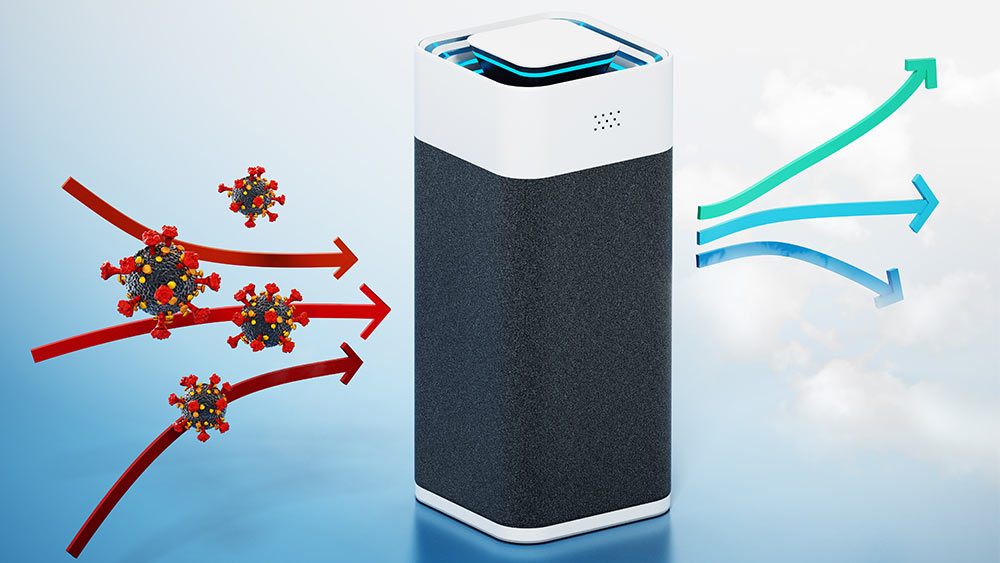
Beginning in March of 2020, Texas A&M University launched Aggies Against COVID-19, a virtual design competition that invited students of all majors to identify and solve problems related to the pandemic. Valentina Alarcon and Juan Cuellar from the College of Engineering and Leticia Gomes from Mays School of Business teamed up to create AIRA, a portable air purifier. After placing in the top ten teams, they were automatically admitted into the National Science Foundation’s (NSF) Innovation Corps (iCorps) Site Fellows program, where they conducted an in-depth exploration of customer discovery.
As part of their customer discovery, Alarcon, Cuellar and Gomes conducted 33 interviews with various professionals and individuals. They also conducted a random survey to determine the public’s perception of air quality. Survey results revealed that a majority of respondents (67.6%) were concerned about air quality given the current pandemic and that the primary locations of concern were schools and restaurants/bars. It’s the team’s hope that while everyone can use AIRA, it would be especially helpful in crowded areas such as primary schools and universities.

“We wanted to address how COVID-19 is thought to be an airborne virus,” said Alarcon. “The goal was to create a portable device that wasn’t a mask – something that was simple to use and available to the general public.”
Air purifiers are not a novel idea, however; current air purifiers are either installed into a building’s heating, ventilation and air-conditioning (HVAC) system (i.e., not portable) or they use what’s called negative ionization to filter the air. With negative ionization, negative ions are released into the atmosphere and latch onto contaminant particles such as pollen, allergens, bacterium and other toxins.
“Those particles then become so heavy that they fall to the ground,” explained Gomes. “The issue with negative ionization is that the virus is never actually killed, and there’s no guarantee that particles will fall to the ground – they can also fall to the closest surface whether that be a T-shirt, coffee table or handbag.”
AIRA aims to use bipolar ionization, an emerging technology that will kill viral particles by releasing both positive and negative ions in the air, catalyzing a chemical reaction on the virus’s membrane and essentially deactivating the virus. Studies have shown that bipolar ionization can reduce 99.9% of microbes, including COVID-19, in a matter of minutes.
Although the creators of AIRA would like to move forward with producing their design, they found themselves hindered by technological barriers. There’s only one other company in the United States, AtmosAir, that implements bipolar ionization through the use of patented tubes that are installed into a home’s HVAC system. However, AIRA would require a similar mechanism on a much smaller scale and the technology that AIRA needs to utilize bipolar ionization while remaining compact and portable is not in existence as of yet.